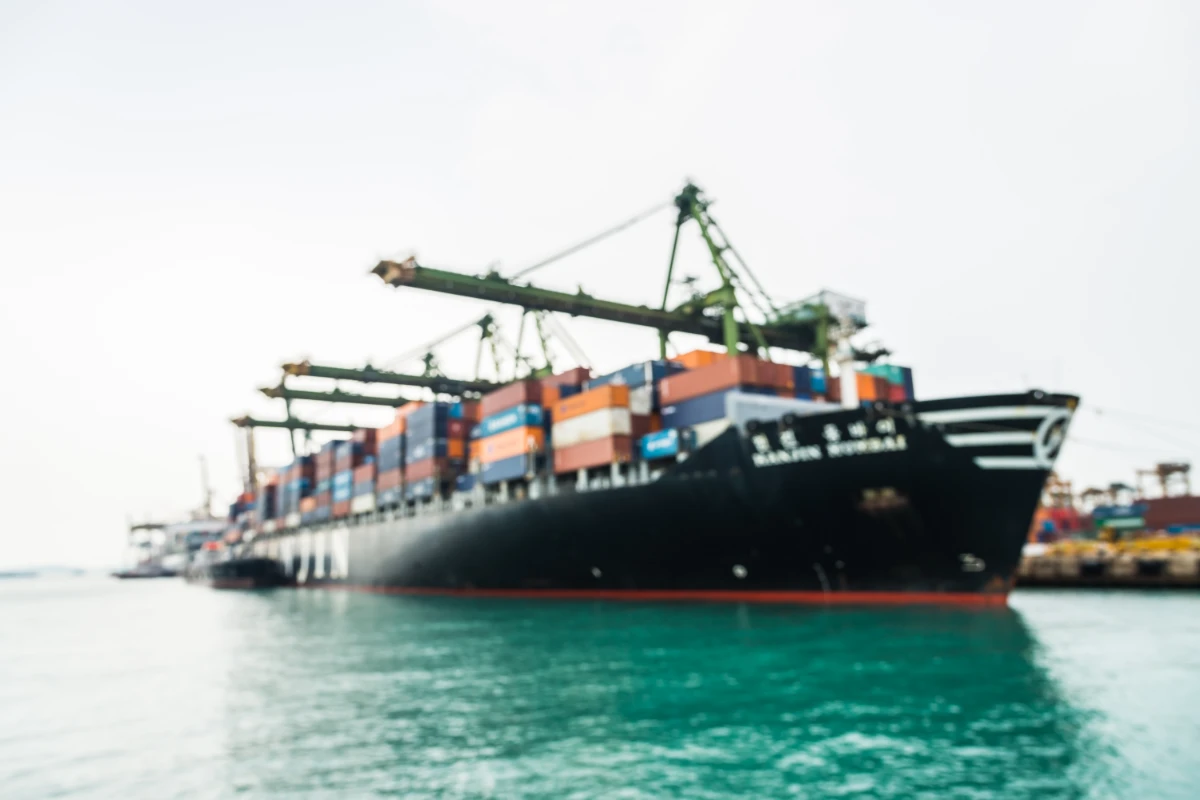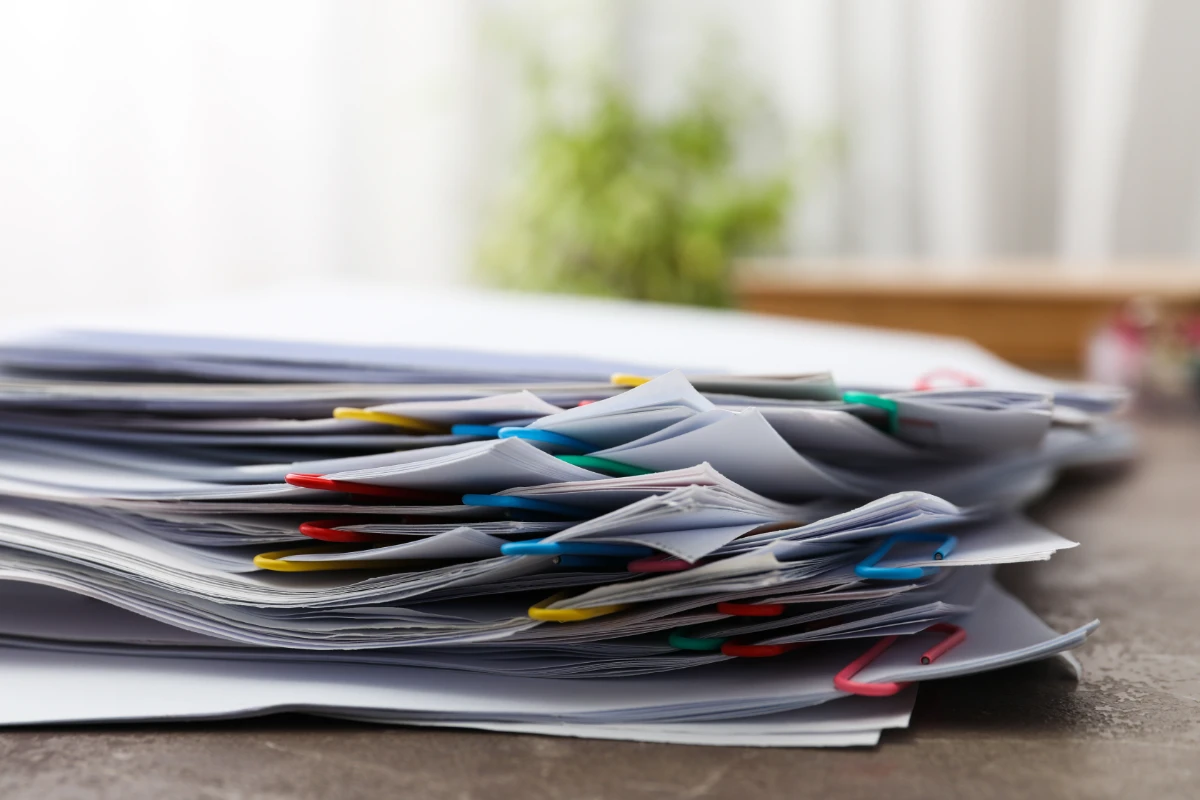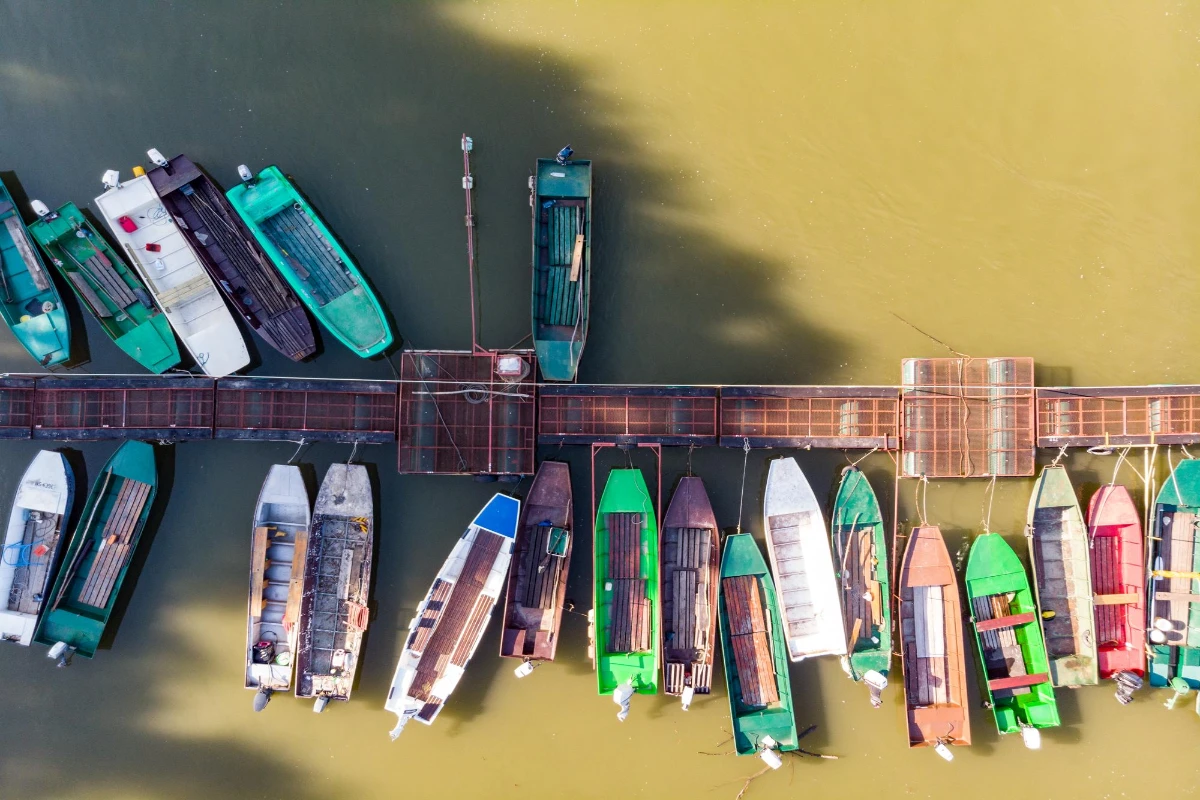The process of importing a boat into the USA is an exciting venture for maritime enthusiasts, offering the opportunity to acquire unique vessels from around the globe. This process, while rewarding, involves meticulous planning and adherence to regulations set forth by various U.S. agencies. From understanding the intricacies of customs requirements to financial obligations, this guide provides an in-depth look at each step necessary for a seamless import a boat process.
Understanding U.S. Customs and Border Protection Requirements
Environmental Protection Agency (EPA) Compliance
Environmental considerations are paramount when looking to import a boat. The EPA mandates that all imported boats, particularly those with engines, comply with current emission standards. This may require an examination of the boat’s engine to ensure it meets EPA’s environmental requirements, which aim to minimize air pollution.

Navigating the Department of Transportation (DOT) Regulations
For boats that come with trailers or are considered road vehicles, the Department of Transportation’s regulations come into play. Compliance with DOT standards is crucial, particularly regarding the trailer’s roadworthiness and safety features.
Required Documentation to Import a Boat
The cornerstone of a successful boat importation is the thorough compilation of required documentation. The U.S. Customs and Border Protection (CBP) demands a set of specific documents to ensure the legality and compliance of the imported vessel:
- Proof of Ownership: The primary document needed is proof of ownership, such as a bill of sale or a manufacturer’s statement of origin. This document should detail the boat’s sale, including the seller’s and buyer’s information, along with the boat’s description and price.
- EPA Engine Declaration Form (EPA Form 3520-21): To protect environmental standards, the EPA requires an engine declaration form for boats imported into the USA. This form verifies that the boat’s engine meets U.S. emission standards, a crucial step for maintaining air quality.
- Declaration of Dutiable Value: This form is essential for the CBP to assess the appropriate import duties. It should accurately reflect the boat’s value, including the purchase price and any additional costs associated with bringing the boat into the U.S.

Understanding Import Duty on Boats: What You Need to Know to Import a Boat
The financial aspect of importing a boat largely revolves around the import duty, which is determined by factors such as the boat’s value, size, and type. Generally, pleasure boats are subject to a 1.5% duty rate, but variations exist based on the boat’s specifics and country of origin. Consulting the Harmonized Tariff Schedule of the United States (HTSUS) or engaging a customs broker can provide clarity on the exact duties applicable.
Buying a US Boat for Non-US Citizens
The allure of the U.S. boating market attracts international buyers seeking high-quality vessels. Non-U.S. citizens can indeed purchase and own boats in the USA; however, the process involves additional considerations. Registering the boat in a U.S. state where it will be moored or used is a key step, involving compliance with local boating laws and regulations. Additionally, international buyers might explore forming a U.S. legal entity, such as a Limited Liability Company (LLC), to facilitate ownership and registration processes.
Insurance and Liability Coverage
Securing comprehensive insurance coverage is a vital step in importing a boat. Insurance protects against potential damages during transit and ensures that you are covered for any unforeseen circumstances. Discuss with your insurance provider to understand the extent of the coverage and any additional policies that may be beneficial.
Cost Considerations and Budgeting
The cost of importing a boat can vary widely depending on factors such as the boat’s size, transport method, and distance. It is essential to create a detailed budget that includes shipping costs, insurance, customs duties, and any other related expenses. Being well-prepared financially can help avoid unexpected costs and ensure a smooth importation process.
Overview of Taxes on Boats in the US
Beyond import duties, boat ownership in the U.S. may incur other taxes, including state sales taxes, use taxes, and possibly property taxes. These taxes vary by state and can significantly impact the total cost of ownership. Prospective boat owners should conduct thorough research or consult with tax professionals to understand the tax landscape in their intended state of registration.
- Sales Tax: Many states impose a sales tax when you purchase a boat. The rate varies by state, so it’s important to know the specific tax rate in the state where you plan to buy your boat.
- Property Tax: Some states assess an annual property tax on boats. This tax is based on the assessed value of your boat and varies from state to state.
- Fuel Taxes: Be aware of fuel taxes, as they can add to the cost of boating. Different states have different fuel tax rates, so it’s a good idea to plan accordingly.

The Boat Import Process review: Step by Step
Step 1: Research and Planning
Before you embark on the boat import journey, extensive research and planning are essential. Start by researching the boat market to identify the make, model, and size of the boat that suits your needs. Determine your budget, including not only the purchase price but also the costs associated with transportation, import duties, and taxes. Additionally, familiarize yourself with the import process by consulting government resources and seeking advice from our experienced importers.
Step 2: Choose the Right Boat
Selecting the right boat is a critical decision. Consider factors such as the intended use of the boat, its size, features, and condition. Inspect the boat thoroughly, either in person or through a trusted agent, to ensure it meets your expectations and complies with safety standards.
Step 3: Secure Financing
If you need financing for your boat purchase, explore various financing options. Banks, credit unions, and marine lenders are common sources of boat loans. Ensure that your financing is in place before proceeding with the purchase, as it will be a crucial part of the documentation required for import.
Step 4: Documentation and Paperwork
Accurate and complete documentation is vital for a smooth import a boat process. Prepare a checklist that includes the bill of sale, manufacturer’s certificate of origin, EPA and Coast Guard compliance documents, and any import permits or certificates required. Keep copies of all documents organized and readily accessible.
Step 5: Hire a Customs Broker
While hiring a customs broker is not mandatory, their expertise can simplify the import a boat process significantly. Our customs brokers are well-versed in import regulations and can assist with filing necessary paperwork, calculating import duties, and ensuring compliance with customs requirements. They act as intermediaries between you and the customs authorities, helping expedite the import process.
Step 6: Boat Inspection
Before you import a boat, it must undergo a comprehensive inspection to verify its compliance with safety and environmental standards. This inspection ensures that the boat meets the requirements set forth by the EPA and Coast Guard. Any necessary modifications or upgrades should be made to bring the boat into compliance.
Step 7: Paying Import Duties and Taxes
Step 8: Final Inspection and Release
Once all requirements are met, your boat will undergo a final inspection by customs authorities. This inspection ensures that all necessary documentation is in order, and the boat complies with safety and environmental standards. Once cleared, your boat will be released and ready for use.
Navigating the Voyage of Boat Importation to the USA: A Guide to Seamless Entry and Endless Adventures

Embarking on the journey to import a boat into the USA is a thrilling endeavor that promises to enrich your maritime experiences with unique vessels from across the globe. This comprehensive guide has walked you through the critical steps, from navigating U.S. Customs and Border Protection requirements to understand the financial implications of such an import, including duties, taxes, and insurance needs.
The key to a successful import lies in meticulous planning and adherence to the myriad of regulations set forth by U.S. agencies such as the CBP, EPA, and DOT. Ensuring your vessel complies with these regulations not only facilitates a smoother importation process but also contributes to the sustainability and safety of U.S. waterways.
Furthermore, international buyers have been given a glimpse into the possibilities of owning a U.S. vessel, highlighting the importance of legal and regulatory compliance in the ownership process. Insurance coverage and a comprehensive understanding of all associated costs are paramount to protecting your investment and ensuring a seamless transition for your boat into its new home.
As you conclude this guide, remember that the joy of boating in the vast and varied waters of the United States is well worth the effort involved in the importation process. With careful preparation, due diligence, and a spirit of adventure, you can navigate these waters successfully, leading to countless days of enjoyment on your imported vessel.
Frequently Asked Questions
- What Are the Initial Steps to Import a Boat into the USA?
The journey to import a boat begins with understanding U.S. Customs and Border Protection (CBP) requirements. Initially, importers must file an Entry Summary (CBP Form 7501) and possess a valid bill of sale. It’s crucial to check if the boat meets U.S. standards, especially regarding emissions and safety.
- Do I Need to Pay Import Duties and Taxes When Bringing a Boat into the USA?
Yes, import duties and taxes are mandatory for boats entering the U.S. The rate depends on the boat’s origin and type. Typically, pleasure boats incur a duty rate of 1.5% of their value. Additionally, state and local taxes may apply, varying by location.
- Is a Customs Broker Necessary for Importing a Boat?
While not mandatory, hiring a customs broker simplifies the process. Customs brokers are experts in import regulations and can efficiently handle paperwork, duties, and communication with CBP, making the importation process seamless.
- How Do I Ensure My Boat Complies with U.S. Safety and Environmental Regulations?
Compliance with U.S. Coast Guard safety and Environmental Protection Agency (EPA) regulations is crucial. Boats must adhere to safety standards regarding hull construction, electrical systems, and life-saving equipment. For environmental compliance, engines must meet EPA emission standards.
- What Documentation is Required for Importing a Boat into the USA?
Key documents include a bill of sale, manufacturer’s statement of origin, EPA Declaration Form (3520-21 for engines), and a copy of the foreign registration if the boat is used. Documentation proving adherence to safety and emission standards is also essential.
- How Are Boats Valued for Customs Purposes in the USA?
Customs valuation involves determining the boat’s transaction value, including the purchase price, shipping costs, insurance, and any additional charges related to the sale and delivery of the boat to the U.S.
- Can I Import a Used Boat into the USA, and What Are the Special Considerations?
Importing used boats is permissible, but they must comply with the same safety and environmental standards as new boats. Additionally, importers should verify the absence of invasive species on the vessel to prevent ecological threats.
- What Steps Should I Take Upon the Boat’s Arrival in the USA?
Upon arrival, the boat must be presented to CBP for inspection and clearance. This involves submitting all required documentation, paying applicable duties and taxes, and ensuring compliance with all import regulations.
- Are There Any Restrictions on Importing Certain Types of Boats?
Yes, restrictions can apply based on a boat’s condition, age, and compliance with safety and environmental regulations. Boats that fail to meet these standards may be denied entry or require modifications before importation.
- What Are the Penalties for Non-Compliance with Import Regulations?
Non-compliance can result in significant penalties, including fines, seizure of the boat, and legal action. Ensuring adherence to all regulations and accurate documentation is paramount to avoid such repercussions.


